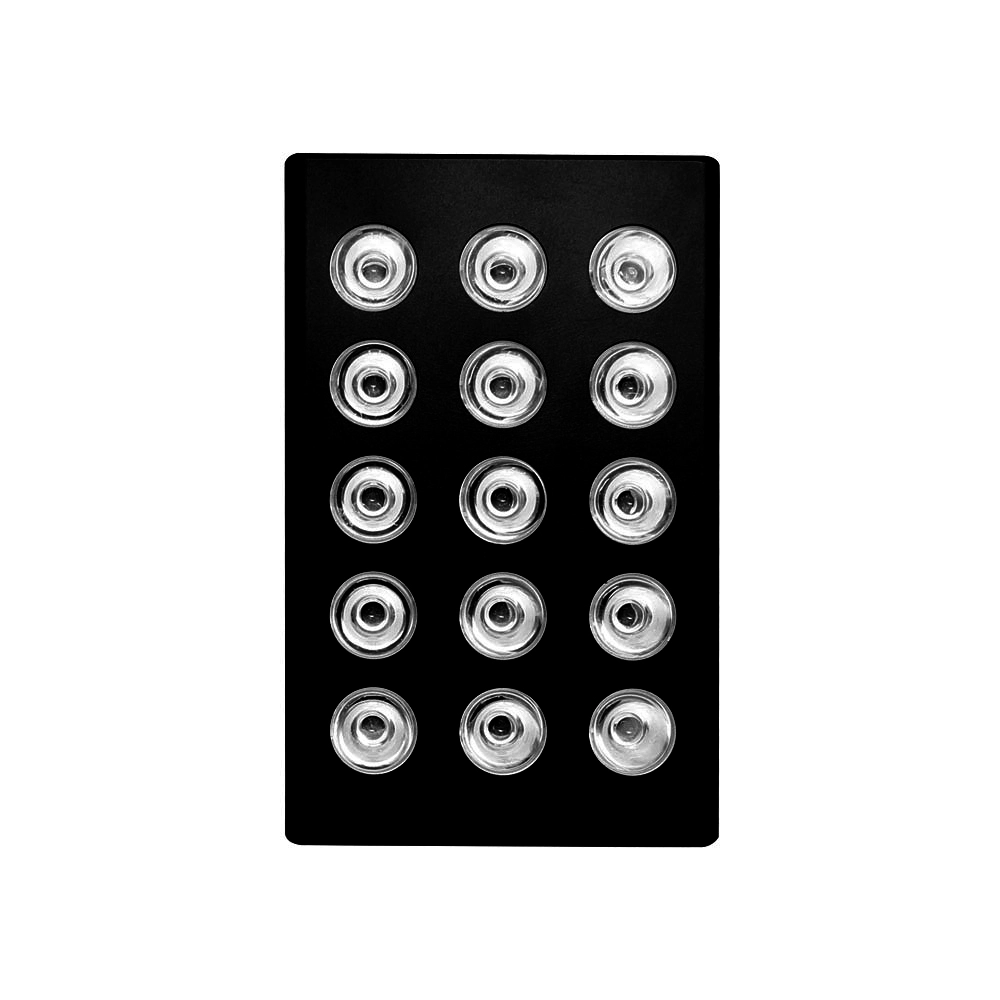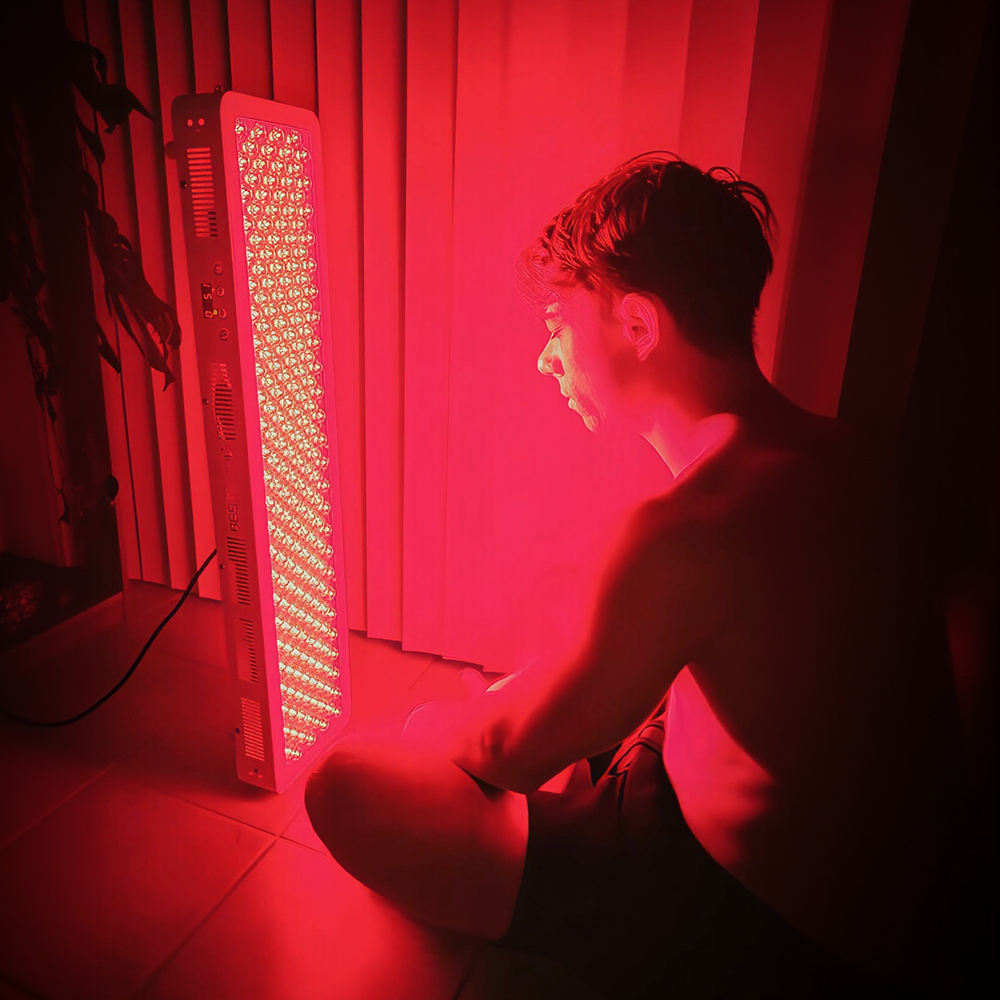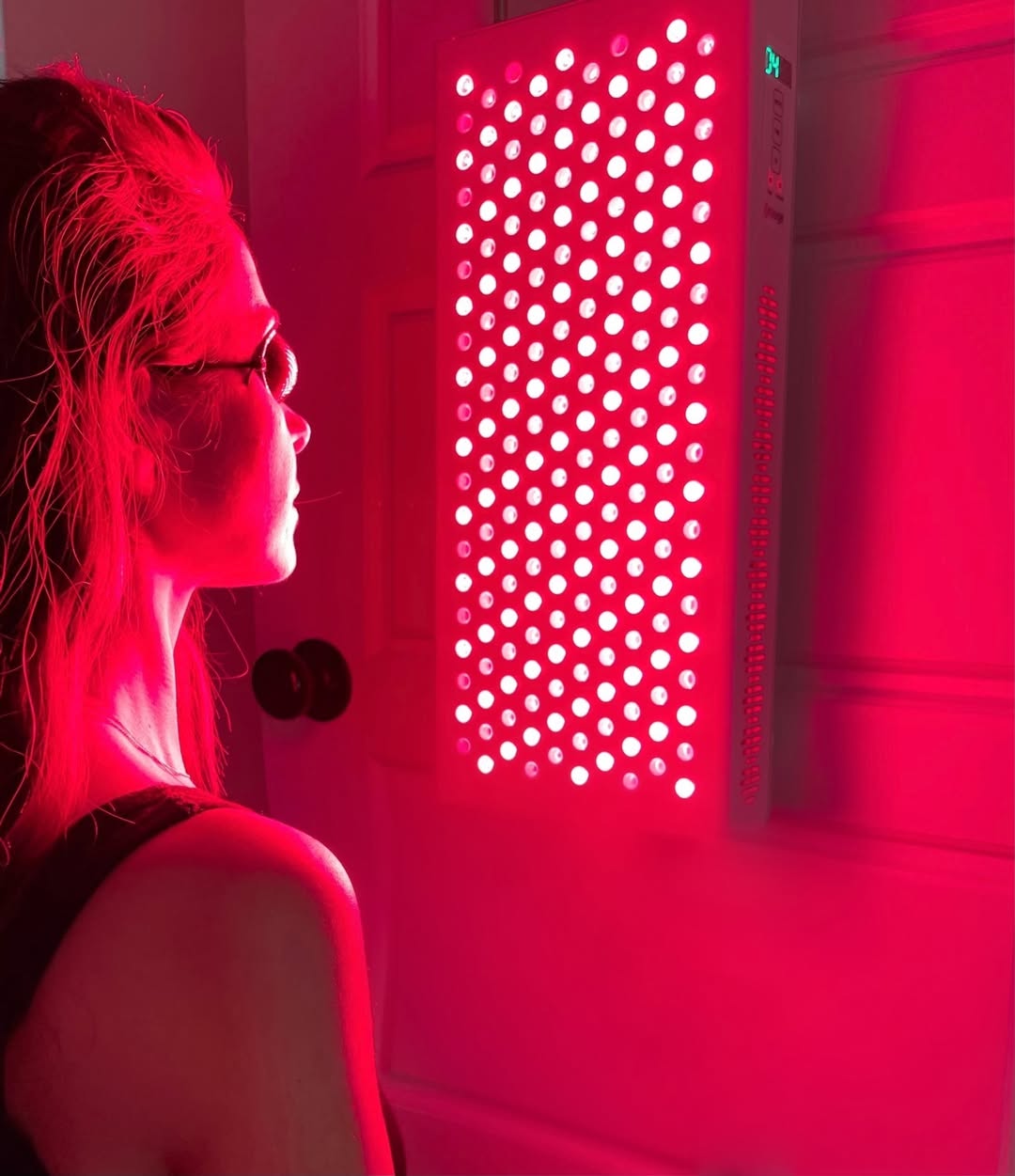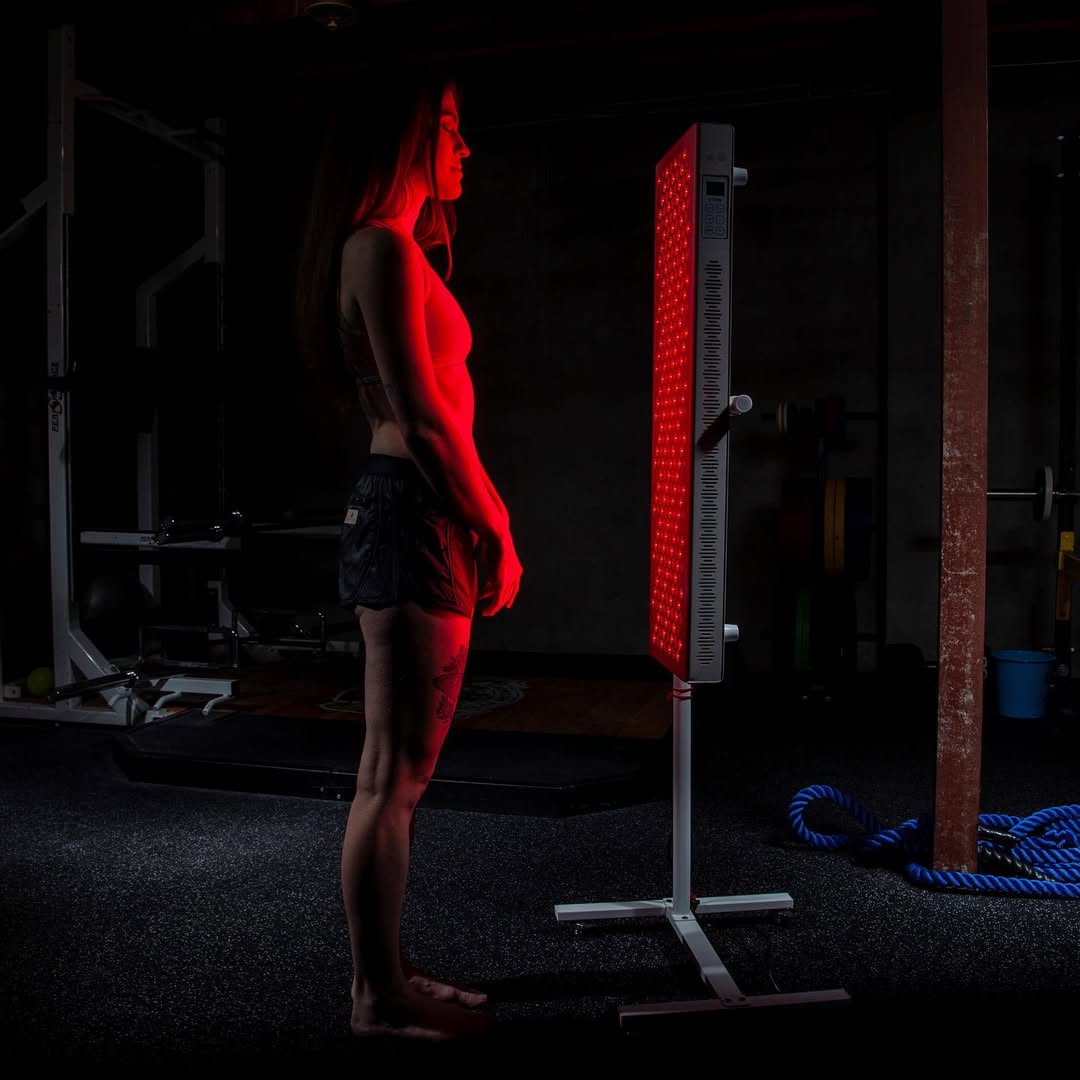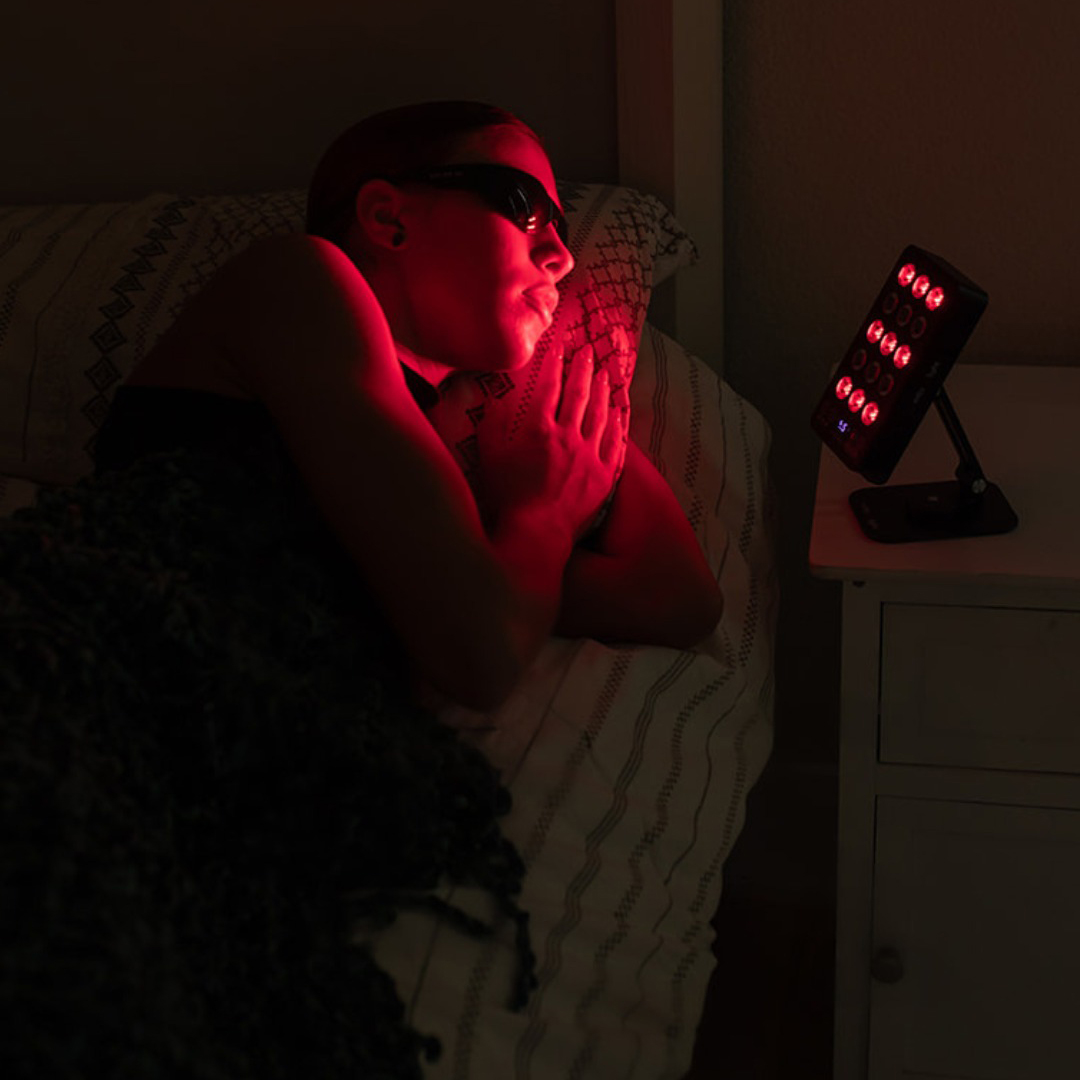![]() Free Shipping
Free Shipping ![]() Buy Now, Pay Later
Buy Now, Pay Later ![]() Eligible
Eligible
Can Red Light Therapy Ease Chest Congestion? A Deep Dive
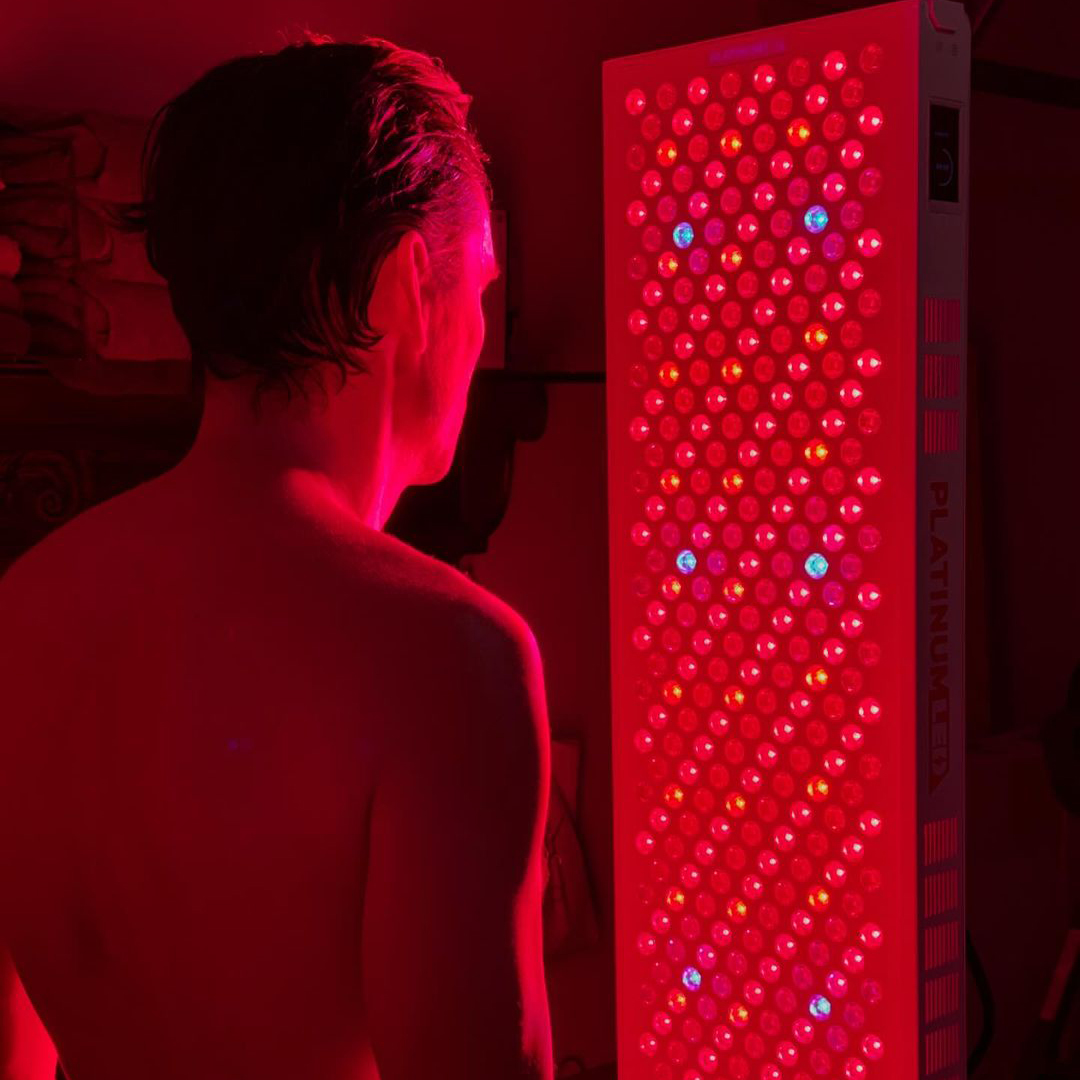
Chest congestion is a common and uncomfortable symptom of colds, flu, bronchitis, and allergies. The feeling of a heavy, mucus-filled chest can make breathing difficult and disrupt sleep. While traditional remedies like steam inhalation and expectorants are popular, a growing number of people are turning to an innovative, non-invasive solution: red light therapy.
But can simply shining light on your chest really provide relief? This article delves into the science, mechanisms, and practical application of red light therapy to help you breathe easier.
What is Red Light Therapy?
Red light therapy (RLT), also known as photobiomodulation (PBM), is a therapeutic technique that uses low-wavelength red and near-infrared (NIR) light. Unlike UV light, which can damage the skin, RLT is safe and penetrates the skin to stimulate cellular processes.
“Photobiomodulation is like giving your cells a tune-up. The light energy helps them produce energy more efficiently, which in turn can reduce inflammation and promote healing,” explains Dr. Michael Hamblin, a leading researcher in the field of light therapy.
The Science Behind the Light: How It Targets Congestion
Chest congestion is primarily caused by inflammation in the bronchial tubes and an overproduction of thick mucus. Red and near-infrared light addresses this through several key biological mechanisms:
1. Reducing Inflammation
RLT has been shown to significantly reduce levels of pro-inflammatory cytokines (signaling molecules). By calming inflammation in the respiratory tract, it can ease the swelling that narrows airways, making breathing feel less restricted.
2. Enhancing Blood Circulation
The light energy stimulates the release of nitric oxide, a compound that improves blood flow. Better circulation helps deliver more oxygen and immune cells to the affected area while facilitating the removal of waste products and excess fluid, which can contribute to congestion.
3. Supporting Cellular Repair and Energy
RLT boosts mitochondrial function. Mitochondria are the powerhouses of your cells. When they produce more cellular energy (ATP), tissues can repair themselves faster, and the cilia (tiny hair-like structures in the lungs) can work more effectively to clear mucus.
Benefits of Using Red Light Therapy for Respiratory Issues
Using RLT for chest congestion offers several distinct advantages:
- Non-Invasive and Drug-Free: It’s a physical therapy that doesn’t involve ingesting any medication, avoiding potential side effects or drug interactions.
- Minimal Side Effects: When used correctly, RLT is extremely safe with virtually no known side effects.
- Complements Other Treatments: It can be used alongside your doctor’s recommendations, such as inhalers or mucolytics, for a multi-pronged approach.
- Targeted Relief: You can apply the light directly to the chest and upper back area for focused action.
Red Light Therapy vs. Traditional Chest Congestion Remedies
How does RLT stack up against common home remedies? The following table provides a clear comparison.
| Treatment Method | How It Works | Pros | Cons |
|---|---|---|---|
| Red Light Therapy | Reduces inflammation & boosts circulation at a cellular level. | Non-invasive, drug-free, promotes healing. | Requires a device; results can be cumulative. |
| Steam Inhalation | Moistens and loosens thick mucus in the airways. | Immediate soothing effect; inexpensive. | Temporary relief; risk of burns from hot water. |
| Over-the-Counter Expectorants | Thins mucus, making it easier to cough up. | Widely available; fast-acting for some. | Can cause side effects like nausea or drowsiness. |
| Chest Rubs (Menthol) | Creates a cooling sensation that can ease breathing. | Provides a feeling of immediate relief. | Can irritate sensitive skin; effects are superficial. |
How to Use Red Light Therapy for Chest Congestion: A Step-by-Step Guide
Using RLT for congestion is straightforward. Here’s a simple protocol:
- Choose Your Device: You can use a professional panel at a clinic or a high-quality, FDA-cleared home device. For chest congestion, a panel that can cover a large area is ideal.
- Prepare the Area: Ensure the skin on your chest and upper back is clean and dry. You do not need any gels or creams.
- Position the Light: Sit or stand comfortably about 6-12 inches from the device. Expose your chest and, if possible, your upper back.
- Set a Timer: Sessions typically last between 10-20 minutes. Follow the manufacturer’s guidelines for your specific device.
- Be Consistent: For acute congestion, you might use it once or twice daily. Consistency is key to achieving the best anti-inflammatory and healing effects.
VELLGUS Elite V2
THE #1 RATED RED LIGHT DEVICE
Important Considerations and Safety
While red light therapy is very safe, keep these points in mind:
- Consult Your Doctor: Always talk to a healthcare professional before starting any new treatment, especially if you have a chronic respiratory condition like asthma or COPD.
- Eye Protection: Never look directly into the light source. Most devices come with protective goggles—use them.
- Patience is Key: While some feel relief after the first session, the effects are often cumulative. You may need several sessions over a few days to notice a significant difference.
Conclusion: A Bright Future for Respiratory Relief
Red light therapy presents a promising, science-backed approach to managing the discomfort of chest congestion. By targeting the root causes—inflammation and poor mucus clearance—at a cellular level, it offers a unique form of relief that complements traditional methods.
While it may not replace all other treatments, its safety profile and non-invasive nature make it a valuable tool to have in your wellness arsenal. If you’re struggling with the heavy burden of chest congestion, red light therapy could be the soothing, gentle solution you’ve been looking for to help you breathe freely again.



